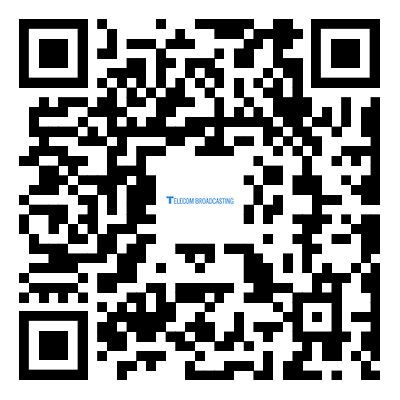What equipment is needed for Fibre optic internet?
2024-01-05
To set up a fiber optic internet connection, several key pieces of equipment are required. These components work together to transmit data via fiber optic cables, providing high-speed internet connectivity. Here's an overview of the essential equipment needed for fiber optic internet:
1. Optical Network Terminal (ONT) or Optical Network Unit (ONU): The ONT or ONU is a device installed at the customer's premises, typically inside the home or office. It serves as the interface between the fiber optic cable from the service provider and the user's network. The ONT/ONU converts optical signals into electrical signals that can be used by the customer's devices, such as computers, routers, or modems.
2. Router or Gateway: A router or gateway device is necessary to distribute the internet connection throughout the premises via wired or wireless connections. It connects to the ONT/ONU and allows multiple devices to access the internet simultaneously. Some service providers may offer a combination of ONT/ONU and router in a single unit.
3. Fiber Optic Cables: Fiber optic cables are the primary medium for transmitting data in a fiber optic internet connection. These cables consist of thin strands of glass or plastic fibers that carry data using light signals. They are laid underground, on poles, or through dedicated conduits to connect the service provider's network to the customer's premises.
4. Patch Cables and Connectors: Patch cables with fiber optic connectors are used to connect the ONT/ONU to the router or other network devices inside the premises. These cables have connectors at both ends that plug into compatible ports on the equipment.
5. Power Supply and Backup: The ONT/ONU and router/gateway require a power supply for operation. It's essential to have a reliable power source to ensure uninterrupted internet access. Some setups may include backup power solutions, such as battery backups or uninterruptible power supply (UPS) devices, to maintain connectivity during power outages.
6. Installation Accessories: Various installation accessories such as wall mounts, cable clips, splice enclosures, and termination boxes may be necessary for proper installation and management of fiber optic cables and equipment.
7. Service Provider Equipment: The service provider also has equipment at its network operation center (NOC) or central office, including optical line terminals (OLTs) and other network infrastructure, responsible for transmitting data over the fiber optic network and managing connections to individual subscribers.
Setting up fiber optic internet involves proper installation and configuration of these components to ensure efficient and reliable connectivity. Depending on the service provider and specific setup, additional equipment or variations in configuration may be required.


